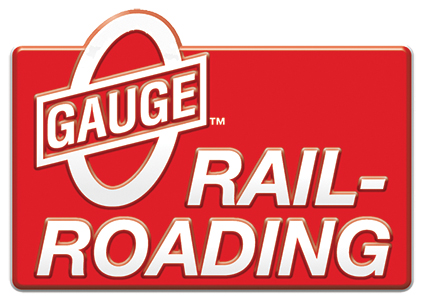John, Melgar and all others interested:
I just spent an hour manipulating a black twist tie around the tether plug and drawbar attempting to keep the plug fully seated in the receptacle while the locomotive runs through the 031 tubular track curves on my layout.
i was elated the first time I ran it after I applied the twist tie because the locomotive worked as it ran through a few of my curves. However my elation was short lived. It stalled. Then I manipulated that twist tie around the plug and drawbar again and again thinking if I made it a little tighter that it would work, but no cigar. It stalled each time.
To say I’m disappointed with the end result is an understatement, but I enjoyed the challenge and Rube Goldberg type of potential fixes like this one.
I believe that if the plug gets the tiniest bit unseated, then the locomotive will stall.
I previously returned the locomotive twice to Lionel while it was under warranty, and they claimed it ran fine through their 031 curves. I believe them, but doubt that they used postwar tubular track 031 curves and those in postwar 022 switches. And, I doubt if they ever tested it on such 031 curves when they designed it.
Melgar, those tether wires are very delicate and I won’t attempt your recommended fix. Also, I believe I need a very smart train doctor to come to my house to attempt fixes like the one you recommend to run it on my layout. Maybe one of the local Railboys can do that.
The thought occurred to me that maybe the tether plug can be glued into the receptacle in some clever way to fix the problem of the plug becoming the slightest bit unseated (like the size of an atom). My concern with that fix is obvious: what happens if I need to remove the plug from the receptacle to have the locomotive and tender serviced.
But for this problem, it would be one of my favorite locomotives, It’s otherwise a wonderful locomotive, especially the swinging bell that is activated when pressing the bell button on the handheld remote.
Any more thoughts?
Arnold










































